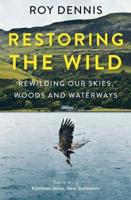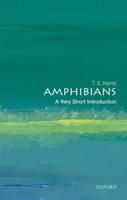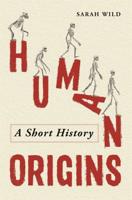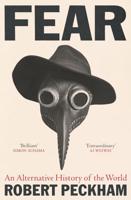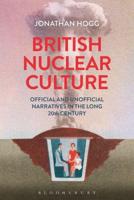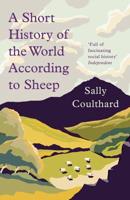Publisher's Synopsis
Ever since the discovery of fossil remains of extinct animals associated with flint instruments, bones and other animal remains have been providing invaluable information. In the last 20 years archaeologists and zoologists have been studying such "archaeofaunal" remains, and the science of "zoo-archaeology" is helping the archaeologist to interpret a site and to reconstruct our prehistory and our history.;In what kind of environment did our ancestors live? In what seasons were sites occupied? When did our earliest ancestors start to hunt big game and how efficient were they as hunters? Were early humans responsible for the extinction of so many large mammals 10,000-20,000 years ago? When, where and why were certain animals domesticated? When did milking and horseriding begin? Did the Romans influence our eating habits? What were the sanitary conditions like in medieval England?;These are some of the questions dealt with in this work. With the help of many illustrations, the author also desribes the nature and development of bones and teeth, as well as the methods used by the zoo-archaeologist.

